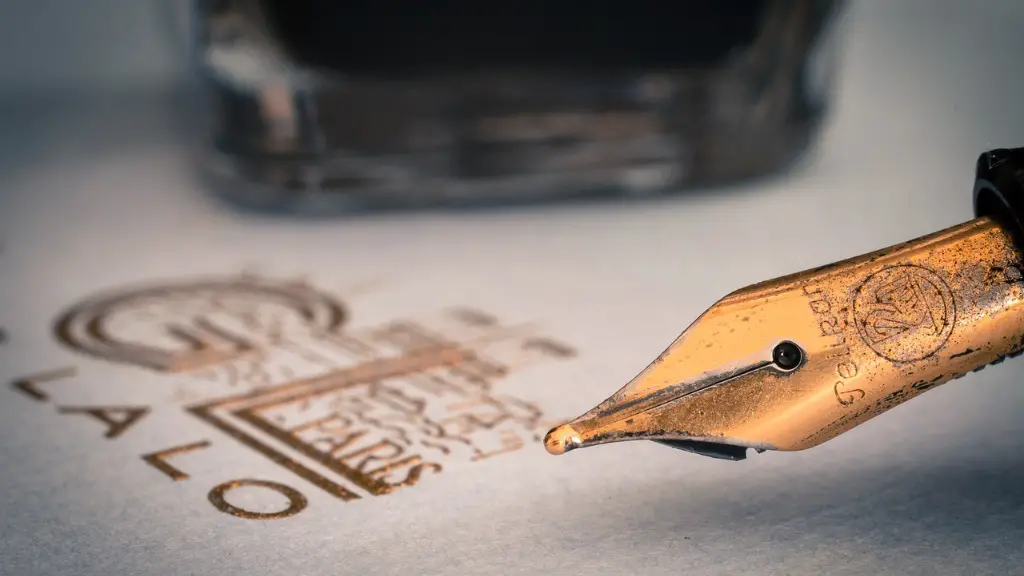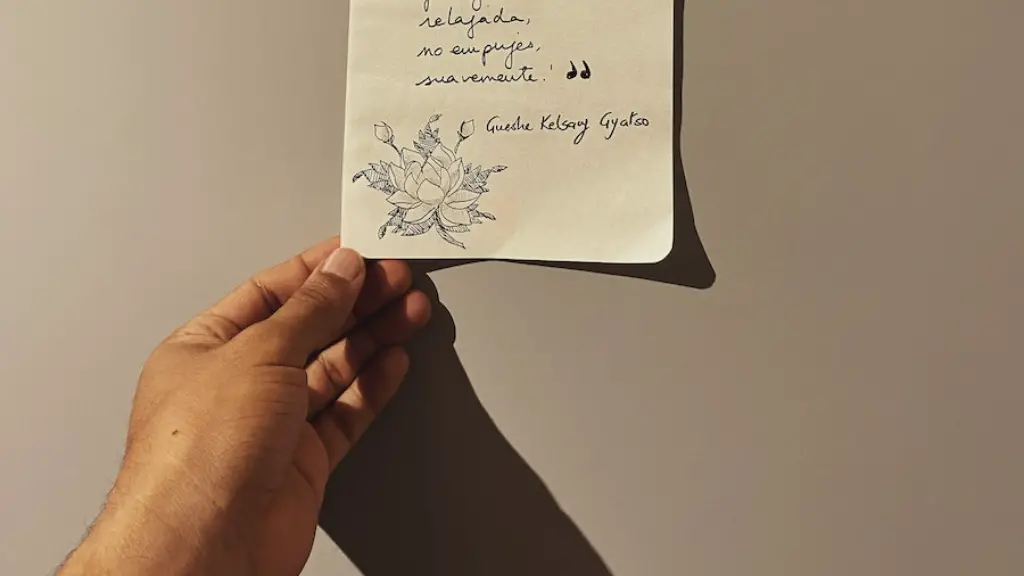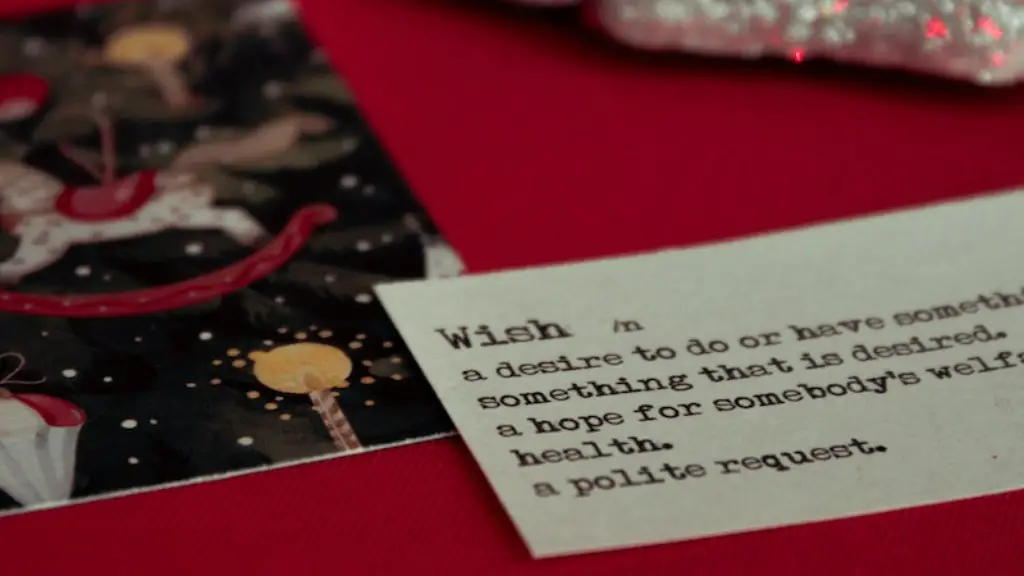The Origin of Punjabi Poetry
Punjabi poetry is one of the earliest forms of literature, with a rich oral tradition that dates back to the 4th century. Historically, Punjabi poets have used language to express their emotions and experiences in a way that is often humorous, passionate and insightful. Much like other languages and literatures, Punjabi poetry is part of a long literary tradition that has evolved over centuries, passing down ideas and stories from one poet to the next.
Punjabi is a language of the prestigious Indo-European language family and is spoken by more than 130 million people in India and Pakistan. Punjab is the birthplace of Sikhism, the world’s fifth-largest religion, and is known for its vibrant culture. Because of its importance in the region and its history, the language has been preserved through its poetry and its oral traditions.
Characteristics of Punjabi Poetry
Punjabi poetry has a simple yet expressive style that honors its long history and its culture. Punjabi poets are known for their use of simple, yet powerful themes like love, life and nature. Punjabi poets often use vivid imagery and figurative language to communicate their ideas. Punjabi poems are usually composed in quatrains, a four-line stanza with a rhyme scheme.
Much of Punjabi poetry is written in the traditional Gurmukhi script, although it is also written in the contemporary Roman script. The language is expressive and often includes phrases that don’t translate directly into English, such as words expressing love and longing. Punjabi poets often employ the use of metaphors, allegories, and parables to get their point across.
How to Write Punjabi Poetry
Writing Punjabi poetry is a great way to express yourself and share your ideas with others. Punjabi poetry is highly expressive and should be approached with an open mind and a sense of exploration. Here are some tips on how to write Punjabi poetry:
1. Start by reading Punjabi poetry. This will give you an idea of the styles and structures that Punjabi poets use. Pay attention to the imagery, metaphors, and allegories used by different poets.
2. Make a list of words that express your thoughts or feelings. This can be a great starting point for your poem.
3. Choose a theme or idea that you want to explore. You could use a personal experience, a feeling, an observation, or a cause that you feel strongly about.
4. Brainstorm possible lines for your poem. Play around with words and perspectives to create the mood and emotion that you want to convey.
5. Choose a structure for your poem. It could be in quatrains, a villanelle, or a sonnet, for example.
6. Write a first draft and edit it. When you’re satisfied with your work, share it with others and listen to what they have to say.
Resources for Writing Punjabi Poetry
There are numerous resources available to help you write Punjabi poetry. Here are a few that can come in handy:
• The Punjabi Poetry Society is a great place to find resources, support, and advice for writing Punjabi poetry.
• The Punjabi Language Centre provides free online tools and resources, including an online Punjabi-English dictionary and a Punjabi grammar guide.
• ‘Ajeet Kaur: Writing Punjabi Poetry’ is an excellent book that provides tips and advice on writing Punjabi poetry, from the basics to more complex topics.
• Punjabi blogs and websites are also great resources for discovering and learning about Punjabi poetry.
• Last but not least, there are many Punjabi poets and writers, both living and dead, whose work can be an inspiration for aspiring writers.
The Power of Punjabi Poetry
Punjabi poetry is a powerful and engaging form of literature that provides an intimate window into the lives and emotions of people. Through its simple yet effective language, Punjabi poetry can evoke feelings of comfort, joy, sadness, and longing in its readers.
Writing Punjabi poetry can also help you express your thoughts, feelings and opinions about the world around you, and can be a great way to explore your creativity and share your ideas with others. It can also be a great outlet for emotions and a powerful tool for self-expression.
Punjabi Poetry in the Modern Age
Although Punjabi poetry is centuries old, it has evolved over time and remains fresh and relevant in our modern world. New poets and writers bring their own perspectives and ideas to Punjabi poetry, and share their work on social media and online forums.
Online Poetry Journals such as Punjabi Poetry Archive and Tahreek e Mashal are two great sources of Punjabi poetry. There are also numerous Punjabi poetry festivals, books and websites that celebrate the power of Punjabi poetry.
Reclaiming the History of Punjabi Poetry
In the modern age, Punjabi poetry has seen a revival in its homeland and abroad. The Internet has made it easier to connect with Punjabi poets and audiences, and access Punjabi poetry written by international authors.
Today, Punjabi poets are reclaiming the lost oral traditions and are making their voices heard on a global scale. Through workshops, books, magazines, and festivals, Punjabi poets are celebrating the history, culture, and language of Punjabi poetry in both traditional and new ways.
Supporting Punjabi Poets
As Punjabi poetry continues to grow and evolve, it is up to us to support the poets and writers who are making it happen. One way to do this is by buying books of Punjabi poetry, attending events or donating to projects or initiatives that support Punjabi poets.
Social media is also a great tool for connecting with Punjabi poets and amplifying their voices. By sharing their work on Twitter and other platforms, we can give them the recognition they deserve.
The Role of Technology in Punjabi Poetry
Like much of the modern world, technology has greatly impacted the way we experience and share Punjabi poetry. We can now access Punjabi poetry online, learn how to write it with online courses, join online forums and debate with other poets, and find new and exciting ways to experience the written and spoken word.
With the aid of technology, Punjabi poets have been able to share their work with a global audience, both in traditional and multimedia formats. Technology has also enabled new forms of communication and collaboration, and has given birth to platforms like YouTube, Instagram and Twitter, which are changing the way we interact with Punjabi poetry.
The Future of Punjabi Poetry
As Punjabi poetry continues to evolve and reach new audiences, it’s clear that its influence will only grow in the future. Punjabi poets are experimenting with new styles, taking risks, and creating works that touch on a range of issues and topics.
Whether through books, events, workshops, or social media, Punjabi poets are ensuring that their vision and voices are heard in our modern world. It is now up to us to support and promote Punjabi poetry, and ensure that its legacy is preserved for generations to come.


